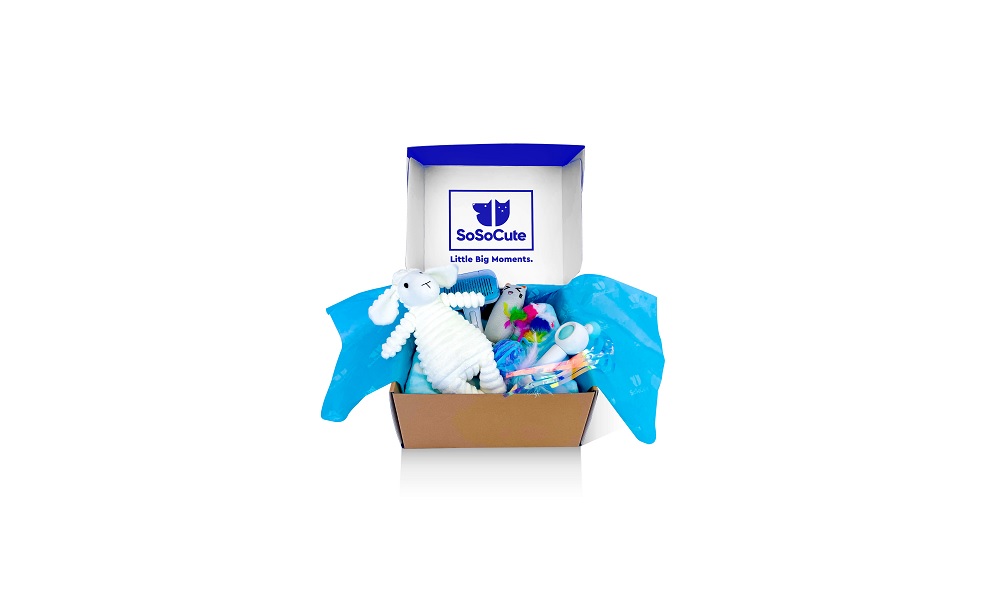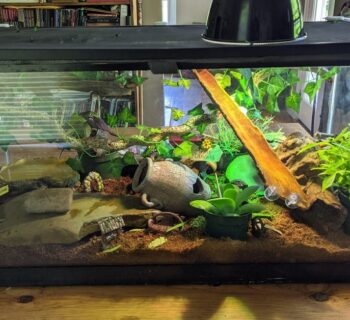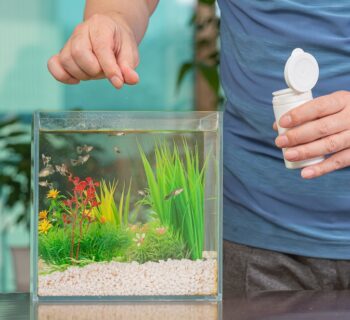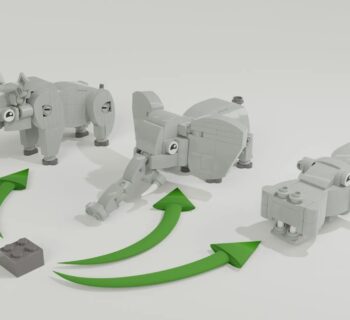Sterilization is a crucial step that must not be skipped while making an ideal bioactive enclosure or preparing leaf litter for different uses. If you want to learn how to sterilize leaf litter and why sterilized leaf litter is important, keep reading.
Leaf Litter Sterilization: A Step-by-Step Guide
This step-by-step guide will assist you in achieving successful Sterilization whether you are establishing a bioactive enclosure, carrying out scientific studies, or caring for a garden:
· Firstly, gather materials.
Gather the necessary tools, such as heat-resistant gloves, a baking sheet, an oven, a large container of water, a colander, and leaf litter.
· Then, get ready for the leaf litter.
Gather recently fallen leaves from a spot that is free of pesticides. Remove any substantial debris, such as twigs or stones, and throw away any infected or damaged leaves.
· Afterwards, rinse the leaf litter.
After collecting the leaf debris, rinse it well with clean water and put it in a big container. This method assists in cleaning the leaves of debris, dust, and impurities.
· Then, separate the leaf litter.
Drain the washed leaf litter through a sieve to get rid of extra water. To ensure most of the water is drained, gently shake the filter.
· In the next step, preheat the oven.
Achieve a temperature in your oven of between 200°F (93°C) and 250°F (121°C). This temperature range sterilizes the leaf litter efficiently and without doing too much harm.
· Then, cover the baking sheet with leaf litter.
Evenly distribute the strained leaf litter on a fresh, heat-resistant baking sheet. To achieve optimum heat dispersion, avoid crowding.
· Next, bake the leaf litter.
In the preheated oven, put the baking sheet with the leaf litter. About 20 to 30 minutes should be enough to bake the leaf litter. Through this procedure, bacteria, fungi, and other microbes will be destroyed.
· Lastly, store and cool.
Use heat-resistant gloves to carefully remove the baking sheet from the oven after the baking has finished. Before putting the sterilized leaf litter in a fresh, sealed container, let it cool fully.
The Importance of Sterilizing Leaf Litter
Sterilized leaf litter is important for reasons that go well beyond a routine practice. It is essential for maintaining the health, balance, and sustainability of many ecosystems and uses. The following are some major reasons why sterilizing leaf litter is so crucial:
· Keeping Dangerous Microorganisms at Bay
Bacteria, fungi, and parasites may be found in leaf litter, damaging the environment. These dangers are removed through Sterilization, assuring the well-being of the occupants of bioactive enclosures.
· Keeping the Ecosystem Balance
Sterilization helps to maintain a healthy ecology inside the enclosure by preventing the entrance of unwanted organisms.
· Avoiding Infestations of Pests
Sterilization protects the bioactive environment from possible infestations, which stops the entrance of insect eggs and pests.
· Keeping Mould from Growing
Mold spores are eliminated during Sterilization, which maintains a sterile living environment and stops mold from growing in the enclosure.
Conclusion
Sterilizing leaf litter is more than just a basic method. It's a crucial step that directly affects the health and vitality of the residents of your bioactive enclosure. You'll be more prepared to produce a healthy and balanced habitat that helps plants and animals if you know how to sterilize leaf litter and comprehend the main importance.














